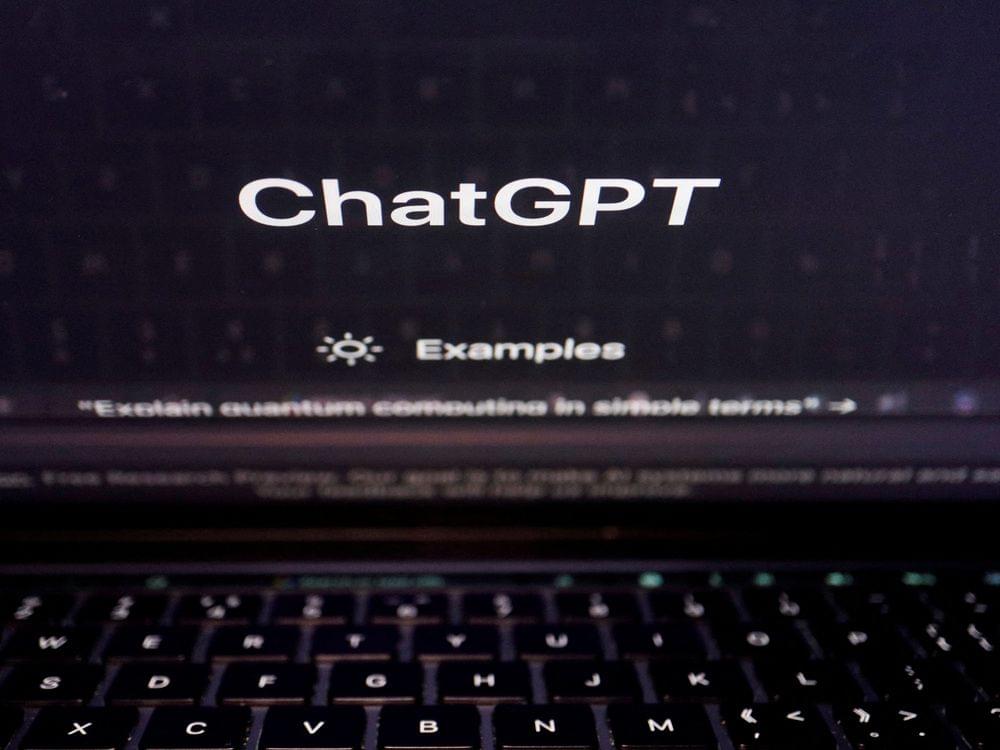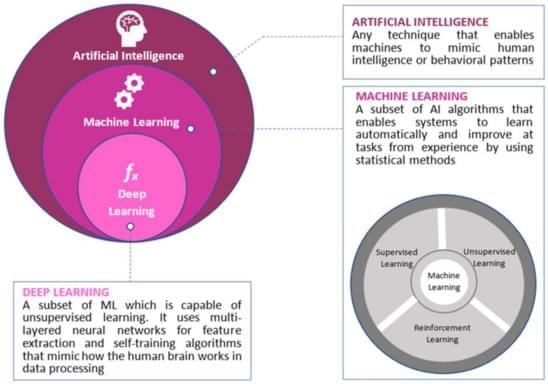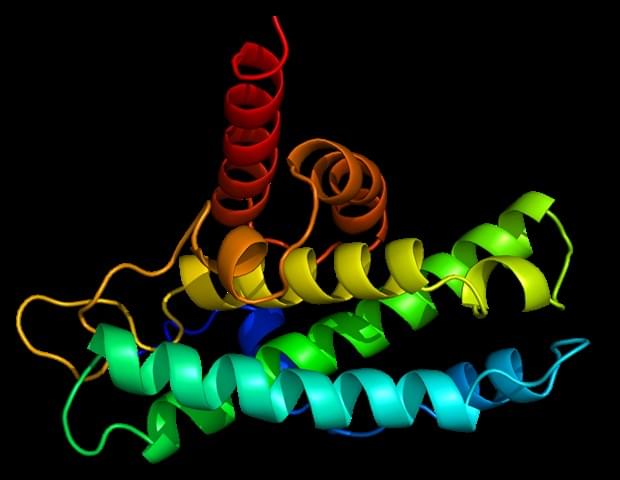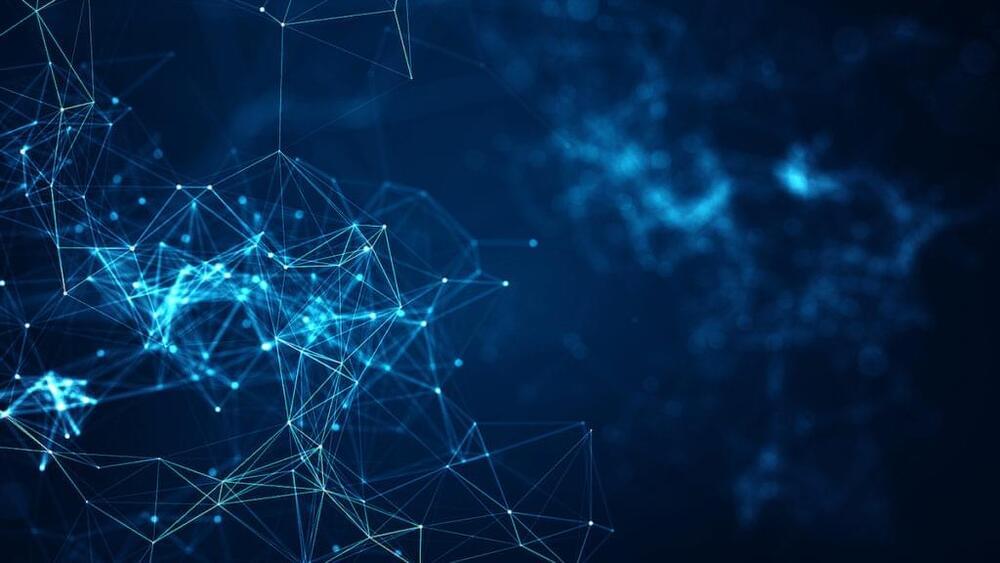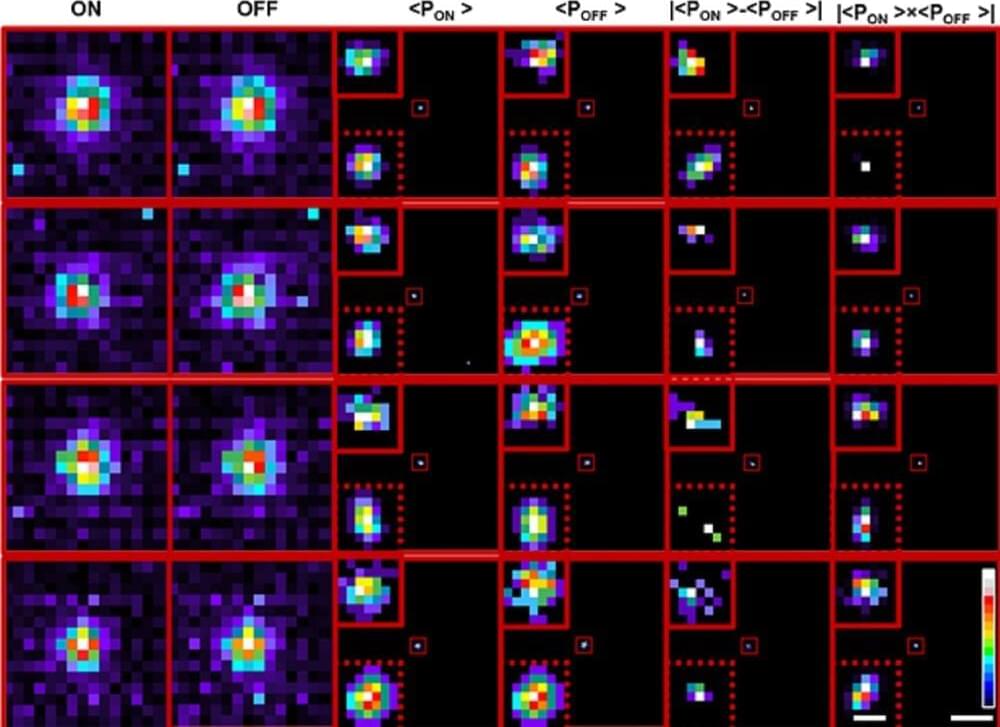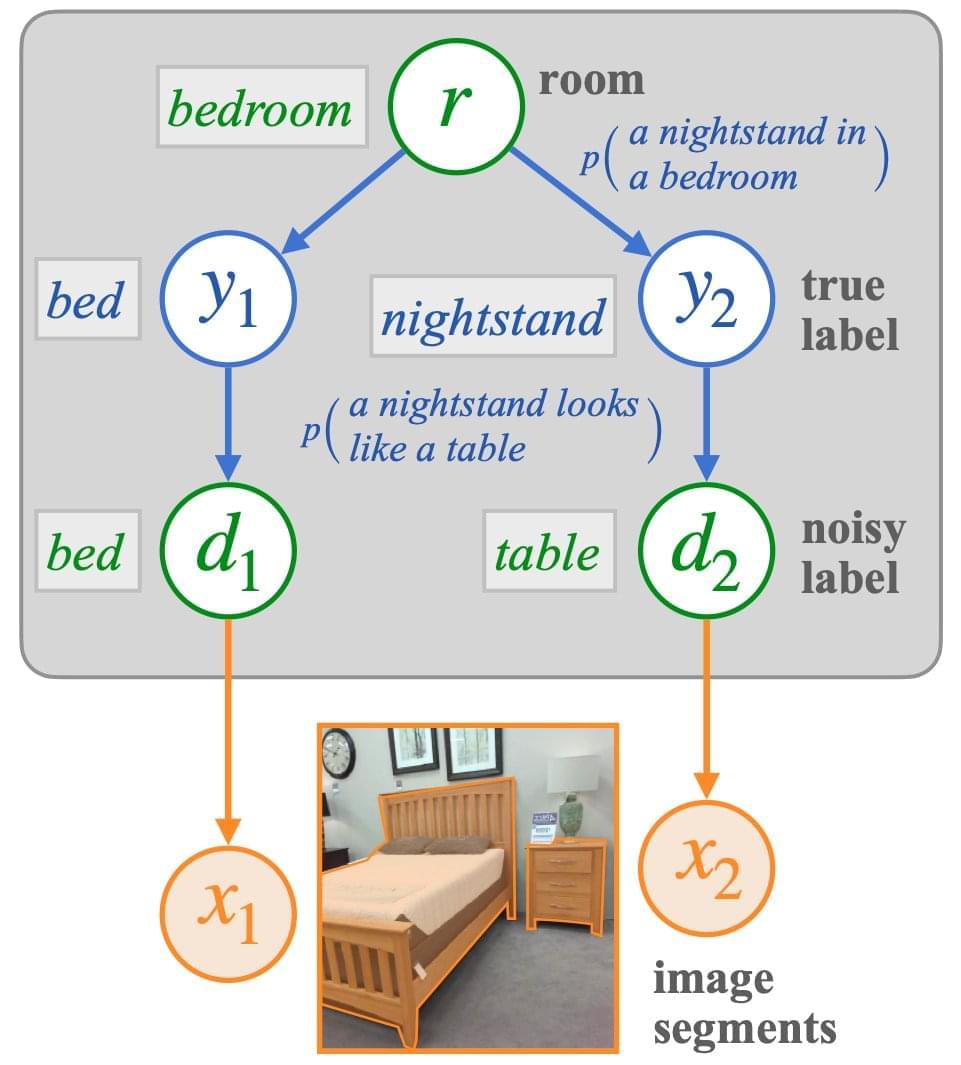Mar 1, 2023
Will AI Make First Contact with Extra-Terrestrial Intelligence?
Posted by 21st Century Tech Blog in categories: alien life, information science, robotics/AI
Will a machine learning AI be the way we find out we are not alone in the Universe?
In a January 2023 published paper in Nature Astronomy, a collaboration by authors from universities in Toronto, Canada, Berkeley in California, Manchester in the United Kingdom, Malta, Queensland and Western Australia, and the SETI Institute, created a machine learning algorithm variational autoencoder, a type of neural network that learns through the unsupervised study of unlabelled data. They used it to try and find technosignatures contained within 150 Terabytes of radio traffic from 820 nearby stars. The data source came from the Green Bank Telescope in West Virginia, the world’s largest steerable radio telescope. This data had previously been searched in 2017 using traditional techniques.
Radio signals are abundant throughout the Universe and they represent the most effective way for us to find out if we are a solo act or one of many technical civilizations. Our contribution to radio traffic has been going on for more than a century which means an alien civilization within a hundred light-years from us with technology similar to ours can now detect us.
Continue reading “Will AI Make First Contact with Extra-Terrestrial Intelligence?” »


